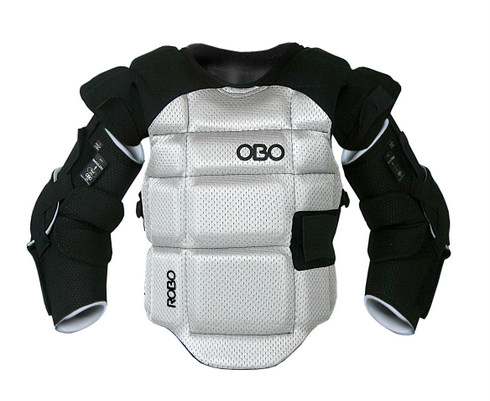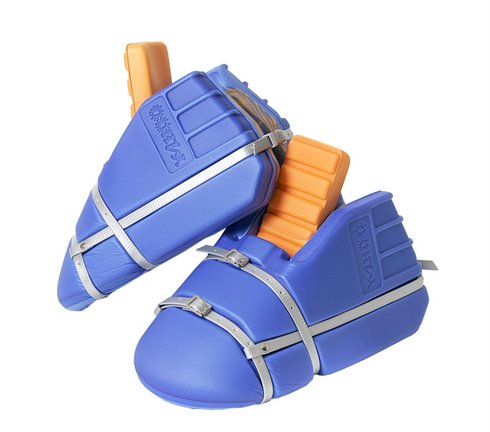I’m a well respected keeper in Ireland, and need help. When you are talking at the back, what should one say, because my captain keeps saying I’m not saying constructive things, but my coach says that I’m fine.
Also, this is going to sound strange, but at the moment, I can’t concentrate on the game, and aren’t making the outstanding saves I used to make. I am confident, and am still willing to do anything to keep the ball out of the net, but I have tried to tell my coach about it, but all she says is that I’ve got too many coaches coaching me that I’ve got too much information. Any suggestions will be much appreciated.
 Question:
Question:
I’m a well respected keeper in Ireland, and need help. When you are talking at the back, what should one say, because my captain keeps saying I’m not saying constructive things, but my coach says that I’m fine.
Also, this is going to sound strange, but at the moment, I can’t concentrate on the game, and aren’t making the outstanding saves I used to make. I am confident, and am still willing to do anything to keep the ball out of the net, but I have tried to tell my coach about it, but all she says is that I’ve got too many coaches coaching me that I’ve got too much information. Any suggestions will be much appreciated.
Answer:
I don’t know if I’m going to be construed as one of the too many coaches, coaching you, but…
I think the bottom line with communication is “what is the result of it?” If players do what you ask, it’s effective communication. If not, you need to find out what it takes to get people to do what you want. Some people respond to simple, direct instructions, others need to be clued in at urgent times and you’re going to convey that with your voice. Obviously your rapport with team-mates can influence things. Constructive comments are always appreciated. You’re the best judge of whether people are doing what you want. If they are, you’re fine, if not, you’ve got to tinker.
As far as confidence and making the outstanding save, outstanding saves happen, I don’t worry about making that save all the time, I found I had my most confidence when I made the routine save, automatic. There was no doubt I could do the skill and I did it. Confidence comes from reading situations and successfully defending them.
Finally, I don’t know that you can have too many coaches. Coaches are information and I don’t know that you can have too much information. Now there’s nothing to say you have to use all that information, but thinking about things reinforces and clarifies issues.





